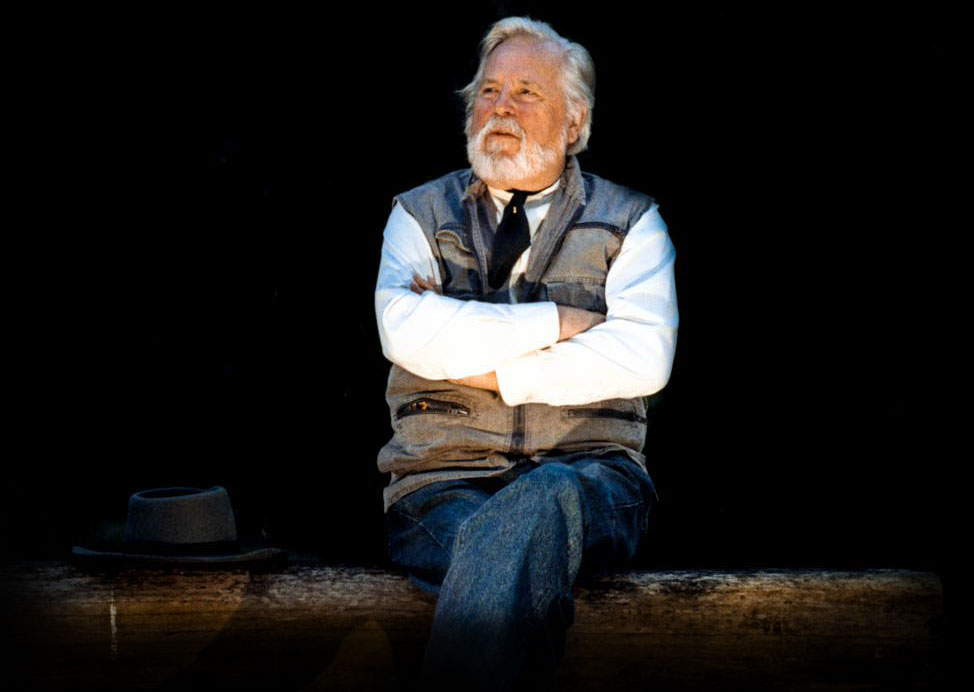Edward Lowe
The visionary
Born in 1920 in St. Paul, Minnesota, Ed Lowe grew up in Cass County, Michigan. After his Navy duty, Ed returned to Cassopolis, Michigan, and joined his father’s company, which sold industrial absorbents, including sawdust and an absorbent clay called fuller’s earth. In 1947 Ed was approached by a neighbor who was tired of using ashes in her cat’s litter box and the resulting sooty paw prints. She asked for some sand, but Ed suggested clay instead. Soon the neighbor would use nothing else, noting that the clay was much more absorbent than sand and didn’t track all over the house.
After rave reviews from her and other neighbors, Lowe began marketing the material as Kitty Litter at pet shops and cat shows. Two years later, he left his father’s business and devoted himself to building demand for Kitty Litter. By the time he sold the clay division of Edward Lowe Industries (ELI) in 1990, the company had grown to about 600 employees and $165 million in annual sales.
During his lifetime, Lowe secured more than 170 patents, trademarks and copyrights for products and services. Although many of these innovations were related to the cat-box-filler business, others were not, such as precut, packaged firewood; a dust-free carrier for agricultural pesticides; and a wellness program for company executives.
From his birth in 1920, Henry Edward Lowe was destined to leave his own mark on the world. Through hard work, determination and a little luck, little Eddie grew up to create a whole new industry with his product, Kitty Litter.
Along with countless others helping over the course of his life, this timeline is dedicated to Ed’s entrepreneurial journey. We hope that it helps to inspire the next generation of inventors and tinkerers to keep going in the face of adversity. Maybe you will be the next person to invent an industry by seeing an opportunity before all others?


Ed also had a flair for finding valuable property — and improving it. Among the 11,238 acres he purchased during his life was Big Rock Valley (BRV), which today serves as headquarters for the foundation.
Big Rock Valley comprises 2,000 acres of woodland, farmland, prairie and wetland.Its diverse landscapes and ecosystems attract a wide variety of animals, plants and insects — with many species that are listed as endangered, threatened or of special concern.
Passionate advocates for entrepreneurship and its role in the U.S. economy, Ed and his wife, Darlene, believed that entrepreneurs did not get the support and resources they needed, which led to the creation of the Edward Lowe Foundation. Ed also believed that entrepreneurs learn best from each other, and this philosophy of peer learning drives many of the foundation’s programs and activities. Upon Ed’s death in 1995, Darlene assumed leadership of the foundation as its chairman and CEO.
More information
- Plain Talk From Ed Lowe. During his life, Ed used “plain talk” to speak about the bottom line from the bottom of his heart. We believe these articles, which have been updated after his death, offer value for both your business and personal life.
- Memorial Walk. In addition to his business prowess, Lowe was also known for his efforts to encourage entrepreneurship. Among these is the launch of the Edward Lowe Foundation in 1985, which provides to support entrepreneurs.
- Celebrating 100yrs of Edward Lowe. Much has been written about Ed Lowe, who invented Kitty Litter in 1947. With his “dirt in a bag” Ed launched not merely a new product, but an entirely new industry and enabled more cat lovers to have indoor pets.
